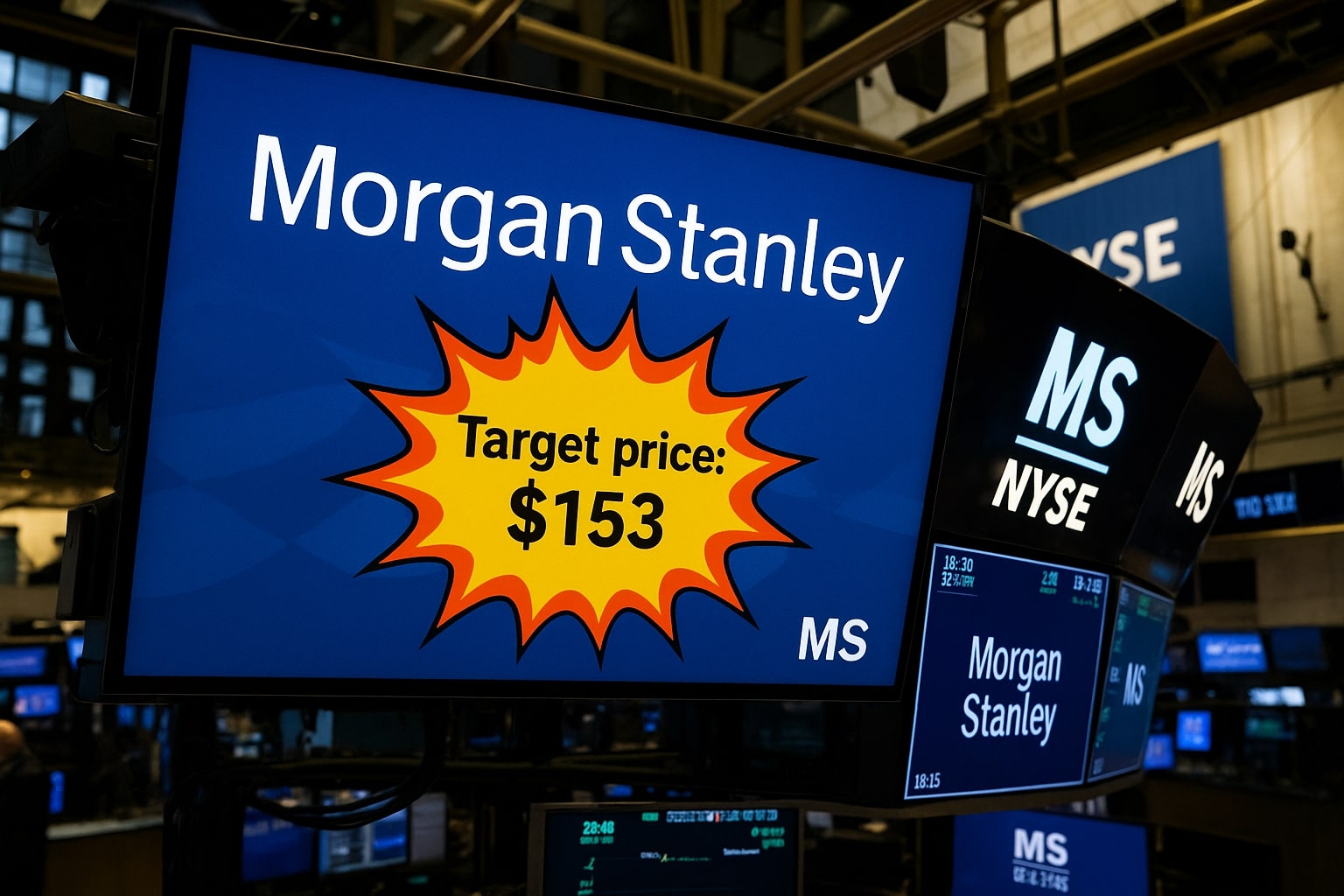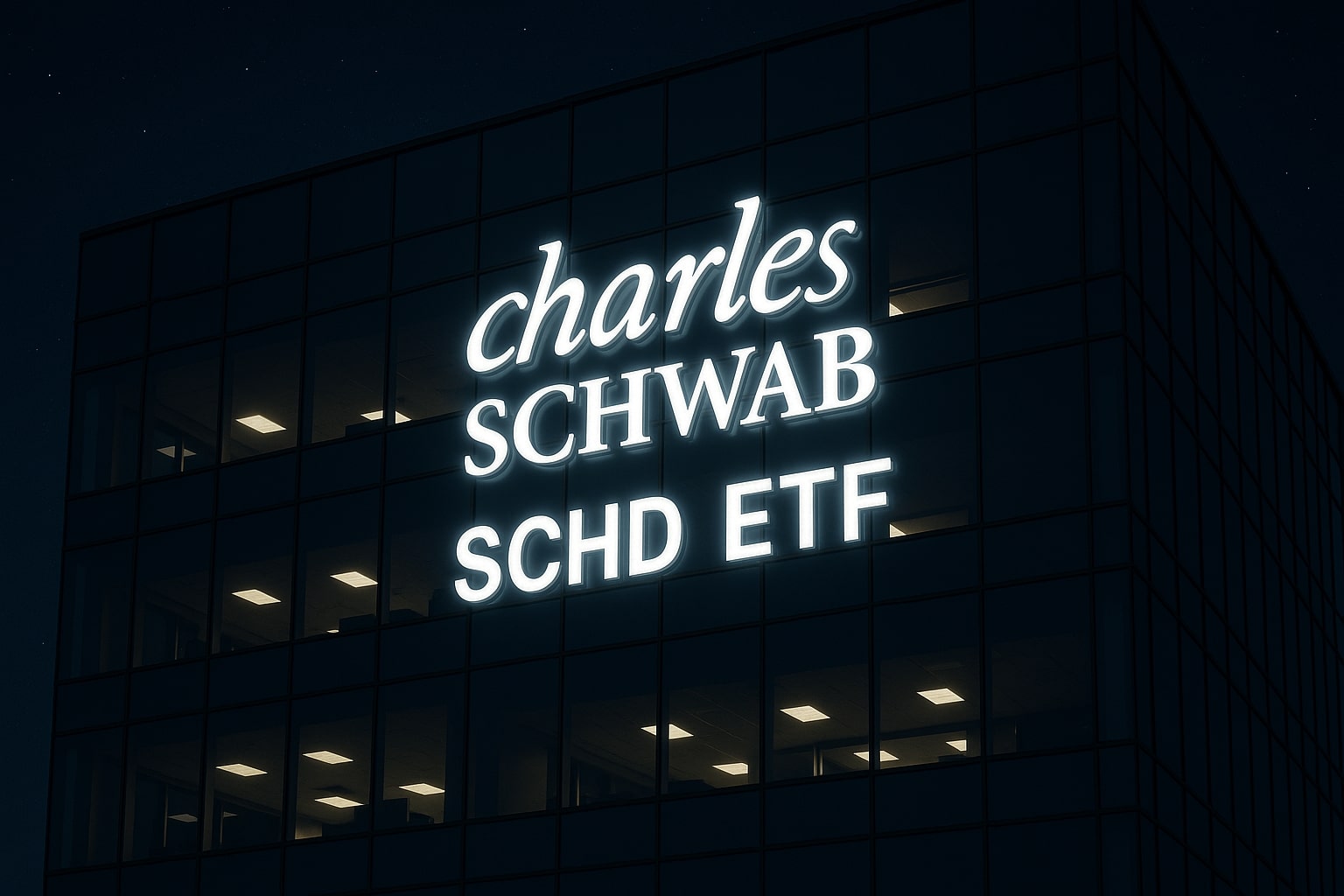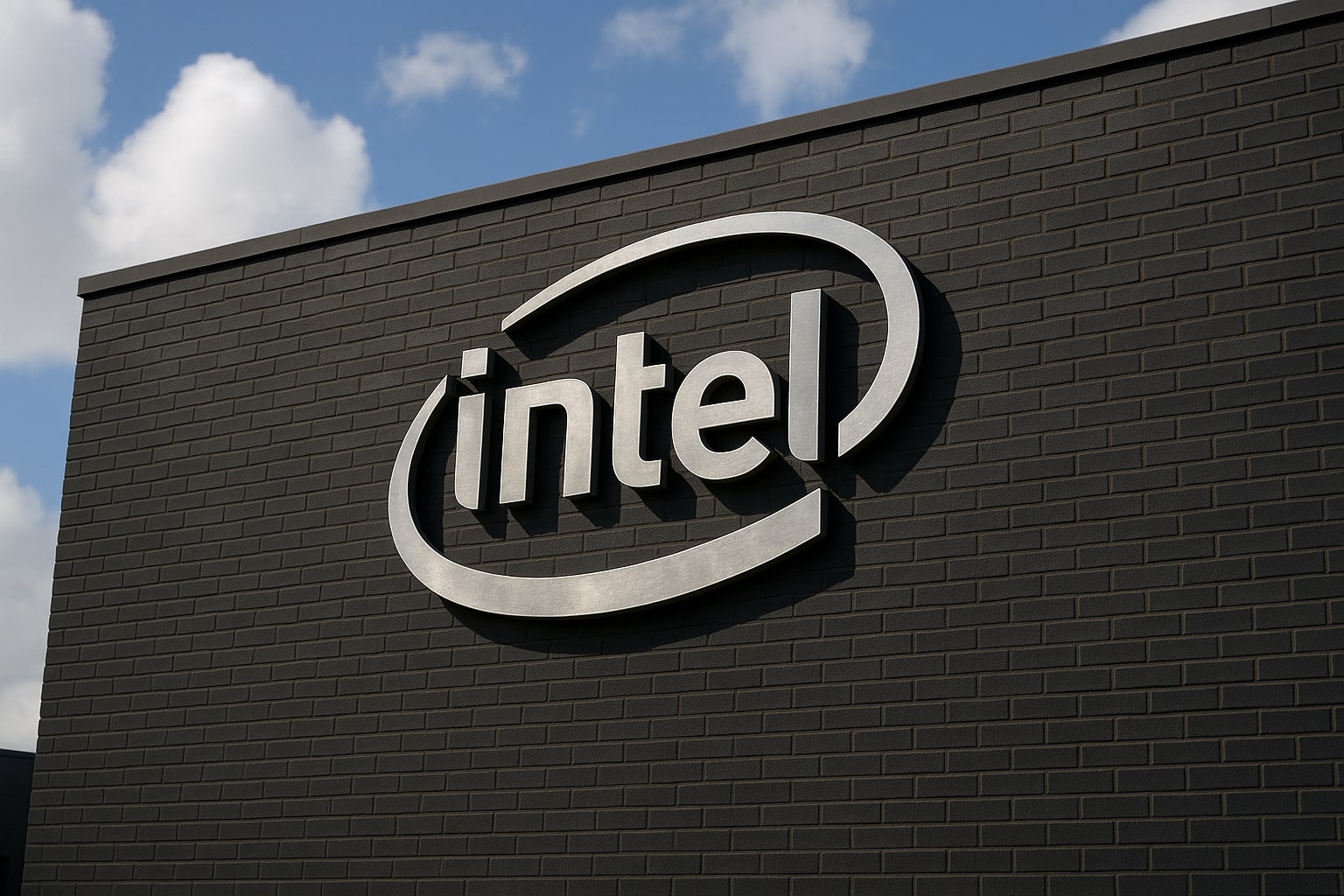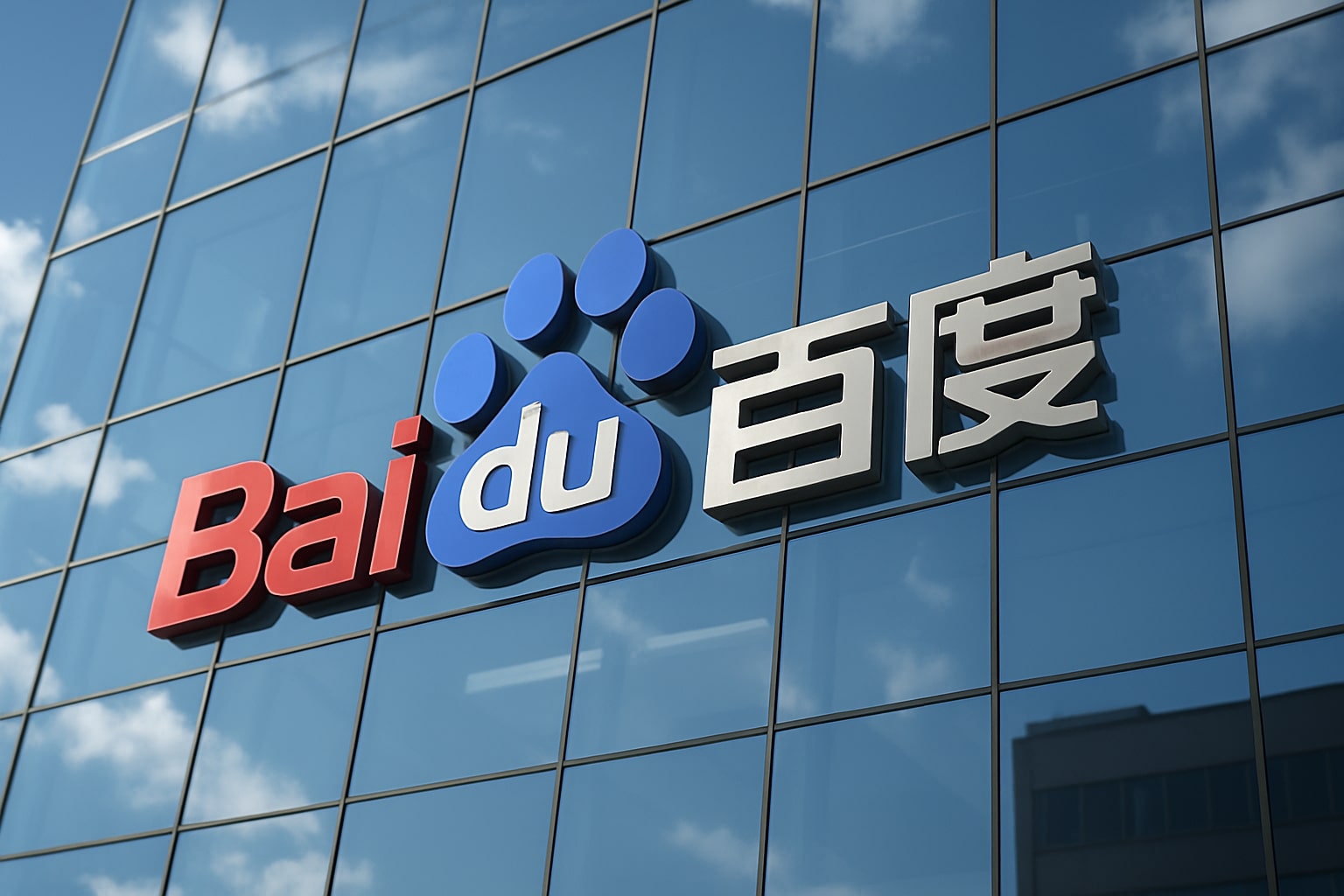Morgan Stanley (NYSE:MS) Powers Ahead on Strong Capital, Trading Windfall, and Buyback Surge
Explosive Trading Income and Capital Ratios Reinforce Strength in NYSE:MS
Morgan Stanley (NYSE:MS) delivered a commanding financial performance in Q1 2025, registering $4.32 billion in net income attributable to common shareholders. Despite a modest $135 million credit loss provision, pre-tax income stood firm at $5.5 billion, while earnings per share hit $2.62, marking nearly 29% year-over-year growth. Institutional Securities revenue surged, with trading activity alone contributing nearly 80% of segment performance, thanks to volatility-driven client demand in derivatives and equities.
The bank’s Common Equity Tier 1 (CET1) ratio came in at a rock-solid 15.9%, unchanged from Q4 2024. That ranks Morgan Stanley among the most capitalized global banks and well above the 12.7% peer average. Importantly, this robust buffer cleared the Federal Reserve’s 2025 stress test by a wide margin, ensuring the firm remains unconstrained in capital distribution. As a result, management announced a $20 billion buyback authorization and a quarterly dividend hike to $1.00, up roughly 8%, signaling confidence in both capital adequacy and forward cash flow.
Recurring Revenue Engine: Wealth and Asset Management Dominate Morgan Stanley’s Earnings Mix
Morgan Stanley’s transformation into a recurring-revenue-driven bank is now fully reflected in its income structure. In Q1, wealth and asset management revenue hit $9 billion, nearly matching the bank’s investment banking and trading revenue. More notably, the wealth division pulled in $94 billion in net new assets, boosting total client assets under management (AUM) to $2.35 trillion, up from $2.1 trillion the previous year.
This sharp asset inflow is expected to power Q3 fee acceleration, given that advisory fees are billed quarterly in arrears. With the S&P 500 rebounding above 6,000 as of July, wealth management revenue in Q3 is positioned to climb at least 5% sequentially, providing a clear tailwind for earnings despite a likely flat print in Q2 due to the March 31 snapshot valuation. This delayed revenue capture adds visibility into future quarters, reinforcing the thesis that Morgan Stanley’s business model is no longer cyclical-only, but now structurally recurring.
SLR Reform Unlocks Capital Return Potential and Strengthens Bull Case for NYSE:MS
One of the most underappreciated catalysts for Morgan Stanley (NYSE:MS) is the pending regulatory adjustment to the Supplementary Leverage Ratio (SLR), which currently mandates a minimum 5% threshold for banks with large trading books. MS’s SLR dropped to 3.9% under stress scenarios, well below the 5% buffer and among the lowest in its peer group — only ahead of Goldman Sachs and BMO. In contrast, its CET1 remained rock-solid, highlighting that SLR alone was suppressing its return profile.
Under the Federal Reserve’s proposed rule changes, the SLR floor will likely be reduced to 3.5%–4.5%, potentially unlocking billions in balance sheet capacity. In practical terms, MS could safely reduce excess capital by ~5%, translating into higher-than-expected buybacks in the next 12–18 months. The bank is now positioned as a disproportionate beneficiary of the SLR rule change compared to commercial banking peers like Wells Fargo or Bank of America, whose balance sheets are less constrained by trading exposure.
Series E Preferred Stock Still Attractive, But Only Near Par
Beyond the common stock, Morgan Stanley’s Series E preferred shares (MS.PR.E) offer a compelling fixed dividend of $0.4503 quarterly, or roughly 7.125% annually, based on current pricing. At $25.43, the yield stands at 7.1%, a healthy 315 bps premium to the 5-year U.S. Treasury, which trades near 3.94%. These preferreds are non-cumulative, but given MS’s capital strength and reputational discipline, dividend suspension remains highly unlikely.
That said, call risk is rising. The Series E has been callable since 2023, and if rates continue to fall, Morgan Stanley is increasingly incentivized to redeem them. With the stock trading just above par, much of the next dividend is already priced in. Investors should limit exposure to $25.00–$25.20 levels to protect downside while collecting yield. The Series E remains attractive for income seekers, but only as a yield-parity trade, not for capital appreciation.
Insider Transactions Reflect Stability, Not Urgency
Recent insider transactions at Morgan Stanley have been relatively muted, suggesting confidence but not urgent buying from management. There have been no large-scale insider purchases to signal undervaluation. However, the absence of selling speaks to institutional alignment and a belief in long-term value creation via buybacks rather than insider accumulation. This stability in insider behavior reflects internal confidence, particularly following the firm’s stress test results and dividend hike.
Valuation and Multiple Expansion Remain Realistic Amid Earnings Tailwinds
Morgan Stanley trades at a forward P/E of 16.2x, a premium to its long-term average and modestly above peers. However, this premium is increasingly justified. With run-rate EPS now tracking $8.80–$9.20, the street consensus of $8.66 appears overly conservative. Q2 earnings are expected to remain firm at $2.03, with Q3 upside likely due to delayed billing of AUM-linked fees. By 2028, with share count reduction and organic earnings growth of 3% annually, MS should cross $11 EPS, implying a total capital return yield of ~7.5% when including dividends and buybacks.
Based on that yield and a required return of 10%, the implied fair value for NYSE:MS is at least $153 per share, representing 9% upside from current levels, plus a 2.7% dividend yield. Combined, that equates to an 11.7% total return potential, which justifies a bullish stance — particularly in light of accelerating regulatory reform and the durable earnings base from wealth and asset management.
Verdict: NYSE:MS Is a Buy — Capital Strength, Recurring Revenue, and Buybacks Align for Double-Digit Return
After fully restructuring every data point and integrating earnings, macro catalysts, regulatory shifts, and capital allocation dynamics, it’s clear that Morgan Stanley (NYSE:MS) deserves a Buy rating. With earnings momentum from trading and asset management, regulatory tailwinds from SLR reform, and a $20B buyback in motion, the bank is positioned for superior shareholder returns.
Target price: $153, supported by EPS growth to $11 by 2028 and improving capital efficiency. Preferred shares offer tactical yield but are only attractive near par. The common stock offers more upside through earnings revisions, valuation re-rating, and enhanced capital return yield. For long-term investors, NYSE:MS is a high-conviction Buy.



















